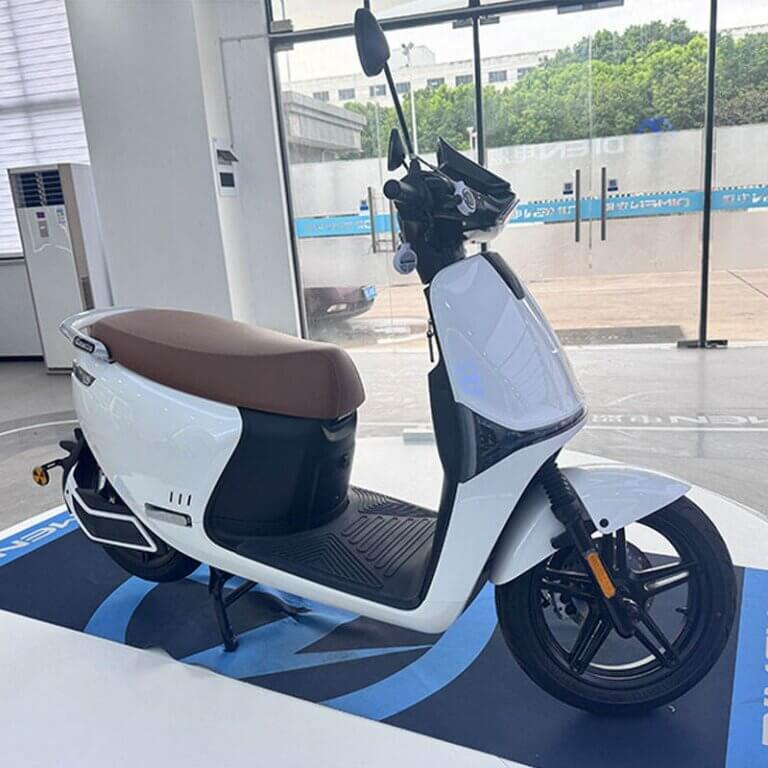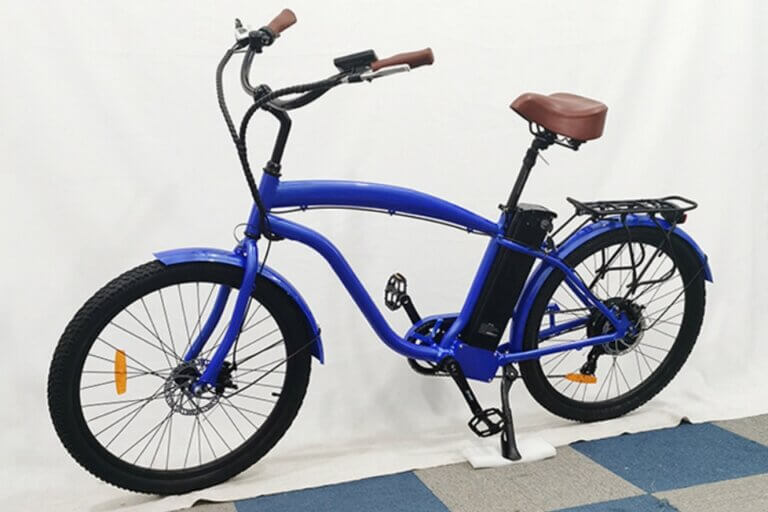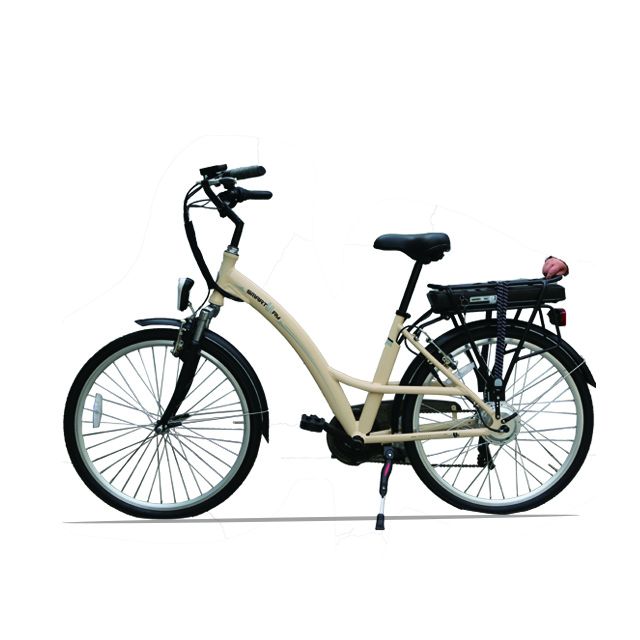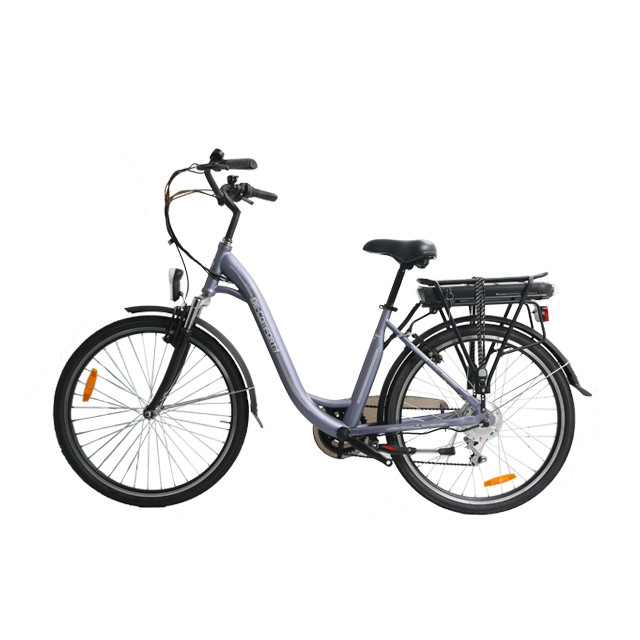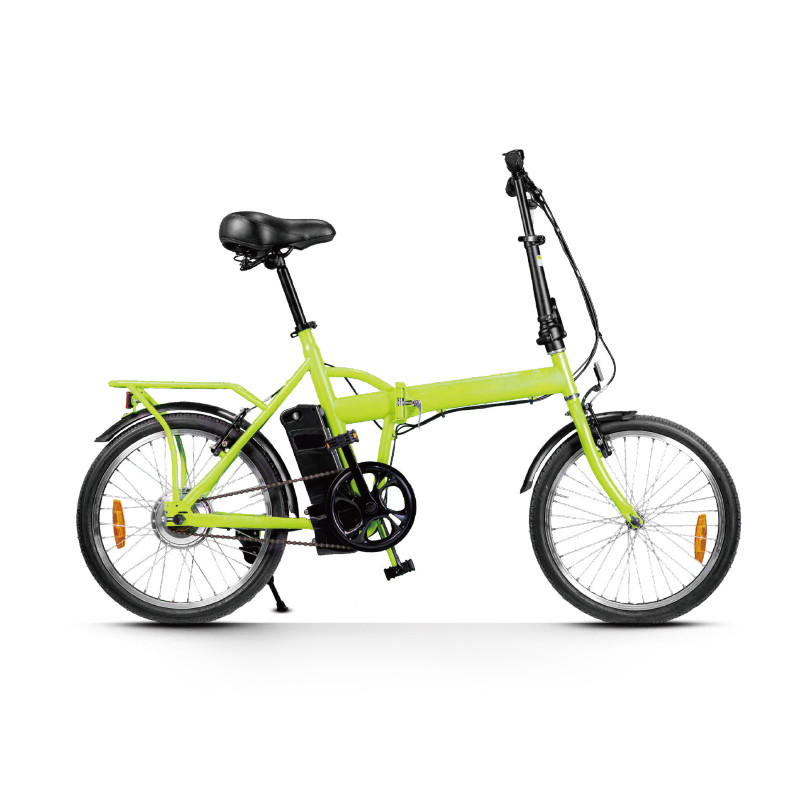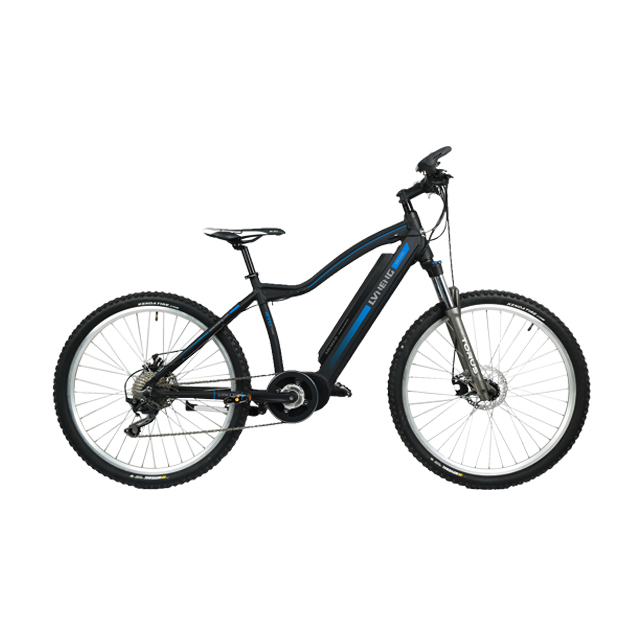-
414 Block B, ZT Times Plaza, Wuhan, Hubei, China
Blog
Factory Wholesale Price For Foldable Scooters
When you’re talking bulk buying of foldable scooters, the first thing buyers ask is simple: what’s the factory wholesale price? The answer isn’t one single number. It depends on design, powertrain, battery, order size, and even how you want it shipped. Let’s break it down with real-world examples, industry chatter, and a few tables so you see the bigger picture.
Battery Capacity and Wholesale Cost
Battery always push the price up. A scooter with small pack is fine for short rides, but fleets and serious commuters want longer range. That means bigger lithium cells, better BMS, and higher cost.
On our own Foldable Electric Scooter line, the K1 electric motor foldable scooter is a great example. Compact, but still runs a decent battery that balances price and performance.
Industry phrase buyers use: “Don’t cheap out on cells, you pay twice later with warranty claims.”
Motor Power and Performance Pricing
The motor is the muscle. 350W entry level feels different from 1000W or more. Higher wattage = more torque, more climbing ability, more fun… and yes, more factory cost.
The K2 folding adult electric bicycle scooter is made for riders who want more punch. It folds, rides smooth, but the extra motor spec nudges wholesale cost higher compared to the K1.
MOQ (Minimum Order Quantity) and Unit Price
Factories don’t like small runs. One piece orders always cost more per unit. Once you start talking real bulk—container loads, steady monthly buys—price curve bends in your favor.
| MOQ Level | Unit Price Trend | Buyer Notes |
|---|---|---|
| 1 unit | High | Great for testing sample, not for profit |
| 50 units | Medium | Reasonable discount, start of fleet pricing |
| 200+ units | Low | Factory loves you, serious margin for resellers |
If you’re sourcing for Urban M or other shared mobility projects, lock down bulk numbers early.
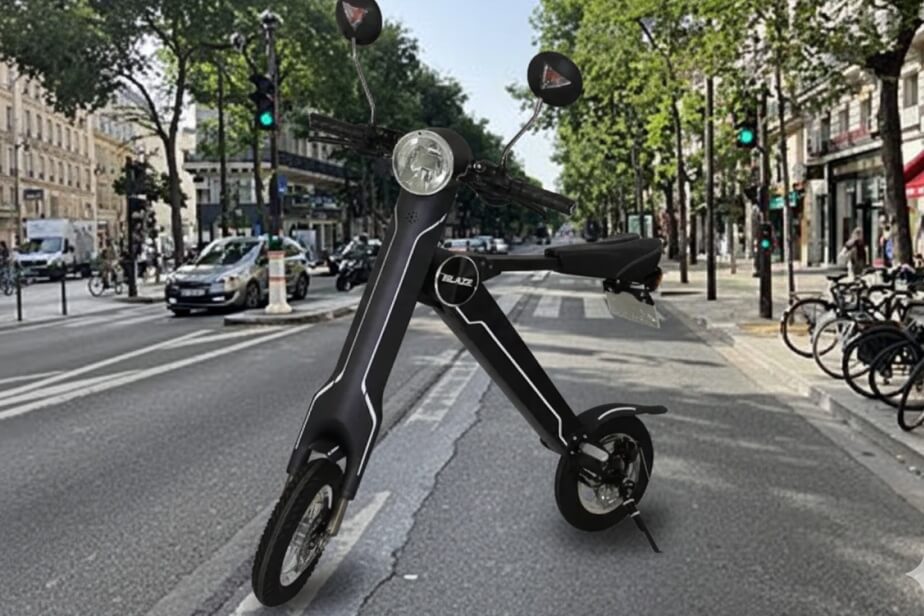
Frame Material, Fold Mechanism, and Build Quality
The folding hinge is where cheap scooters fail. Customers complain when latch gets loose. That’s why aluminum alloy frames and tested folding joints matter. They cost more upfront but keep after-sales low.
On EZBKE scooters, fold design is not just marketing, it’s tested under load. In the factory we run fatigue cycles, and that’s why durability shows up in price.
Features and Add-ons Raise Price
Every extra function adds cost. Fast charging, waterproof rating, seat option, suspension, lights—each one changes BOM. Buyers in Europe often ask for IP ratings because rain is daily. Shared fleets want NFC or IoT module inside for tracking. All these are optional upgrades that make the “wholesale” price less simple than one sticker number.
Different User Groups, Different Wholesale Strategy
Not every scooter goes to the same rider.
- Daily commuters: want light, fold quick, carry upstairs. Price sensitive.
- Elderly mobility riders: demand comfort, stability, after-sales parts. Higher spec, higher price.
- Urban fleet operators: care about TCO (total cost ownership), need IoT + strong battery cycles.
- Kids & teens: low voltage, low speed, lowest price band.
This is why EZBKE offers multiple models—K1 for compact adult rides, K2 for folding e-bike style, plus Urban M solutions for city fleets.
Certifications and Compliance Costs
Selling in EU or US without CE, UL, or ISO? Risky. That’s why certified production lines like ours add value. Yes, compliance adds cost. But it also cuts customs delays, lawsuits, and brand damage.
EZBKE has ISO-certified plant. That means smoother trade and reliable quality stamp for your buyers.
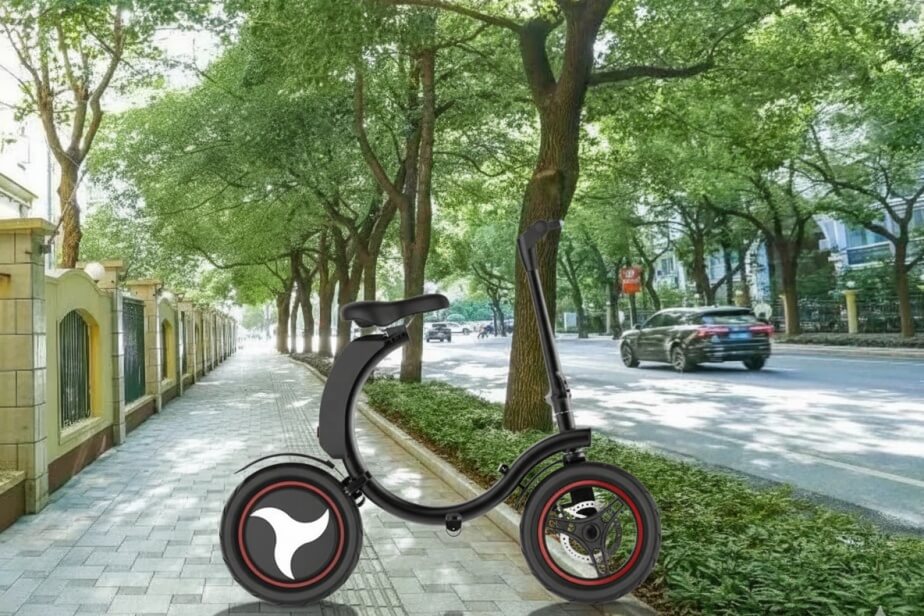
Trade Terms and Real Landing Cost
You hear EXW, FOB, CIF thrown around. They’re not just shipping jargon. They decide how much you actually pay after factory gate.
- EXW (Ex Works): Buyer handles everything.
- FOB (Free on Board): Seller delivers to port.
- CIF (Cost, Insurance, Freight): More included, less headache for buyer.
Urban fleet operators prefer FOB or CIF for predictable cost structure.
Global Market Growth
Why all the talk about wholesale price? Because foldable electric scooters are on growth path. Market reports point to steady climb in demand. Commuters look for greener ride, cities push micromobility, and even delivery services add scooters to fleet.
For buyers, this means competition for supply. Prices won’t stay flat forever. Bulk contracts today can lock better margins tomorrow.
Product Example Table
Here’s how two EZBKE models stack up in the wholesale conversation:
| Model | Main Features | Target Buyer | Why Price Differs |
|---|---|---|---|
| K1 Electric Motor Foldable Scooter | Compact fold, commuter friendly | Adult riders, city workers | Smaller battery, lighter build = balanced cost |
| K2 Folding Adult Electric Bicycle Scooter | Stronger motor, e-bike style frame | Riders needing more power | Higher motor spec, more materials = higher unit cost |
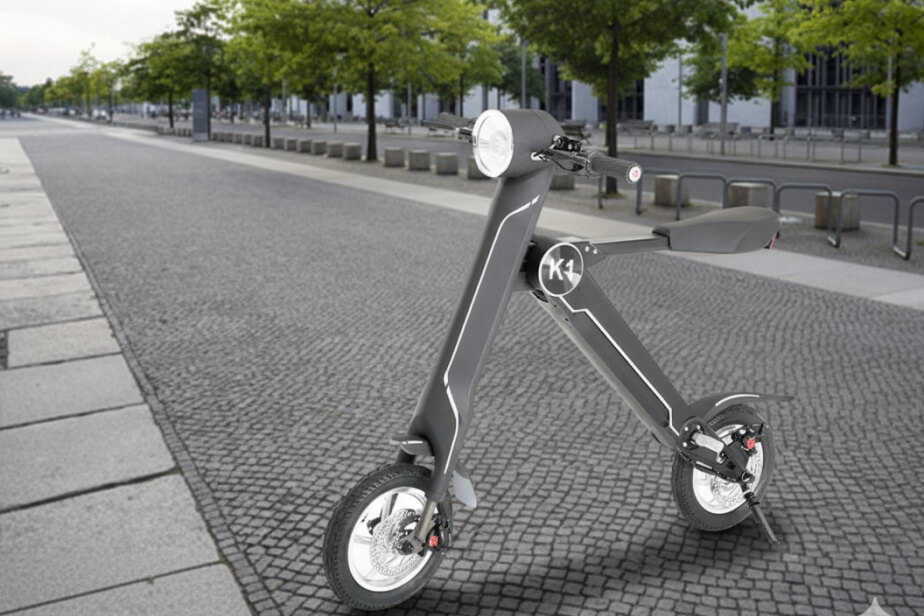
Practical Buying Tips
- Ask factory for three price levels (sample / mid bulk / full container).
- Check hidden extras: charger, seat, app module.
- Run test rides: hinge quality and brake performance matter.
- Don’t skip paperwork: certifications save headaches.
- Think resale strategy: commuters vs fleet vs elderly market.
Final Thoughts
Factory wholesale price for foldable scooters is not a mystery number. It’s a puzzle of parts, power, volume, and market use. When you work with a manufacturer like EZBKE, you get more than numbers on a sheet—you get durability, OEM/ODM service, and a partner who knows the ride business inside out.
If you’re ready to talk serious bulk—whether for commuters, fleets like Urban M, or retail chains—foldable scooters give you a category that keeps growing. The trick is knowing what drives the cost, and using that knowledge to secure better deals, better products, and better long-term profit.




